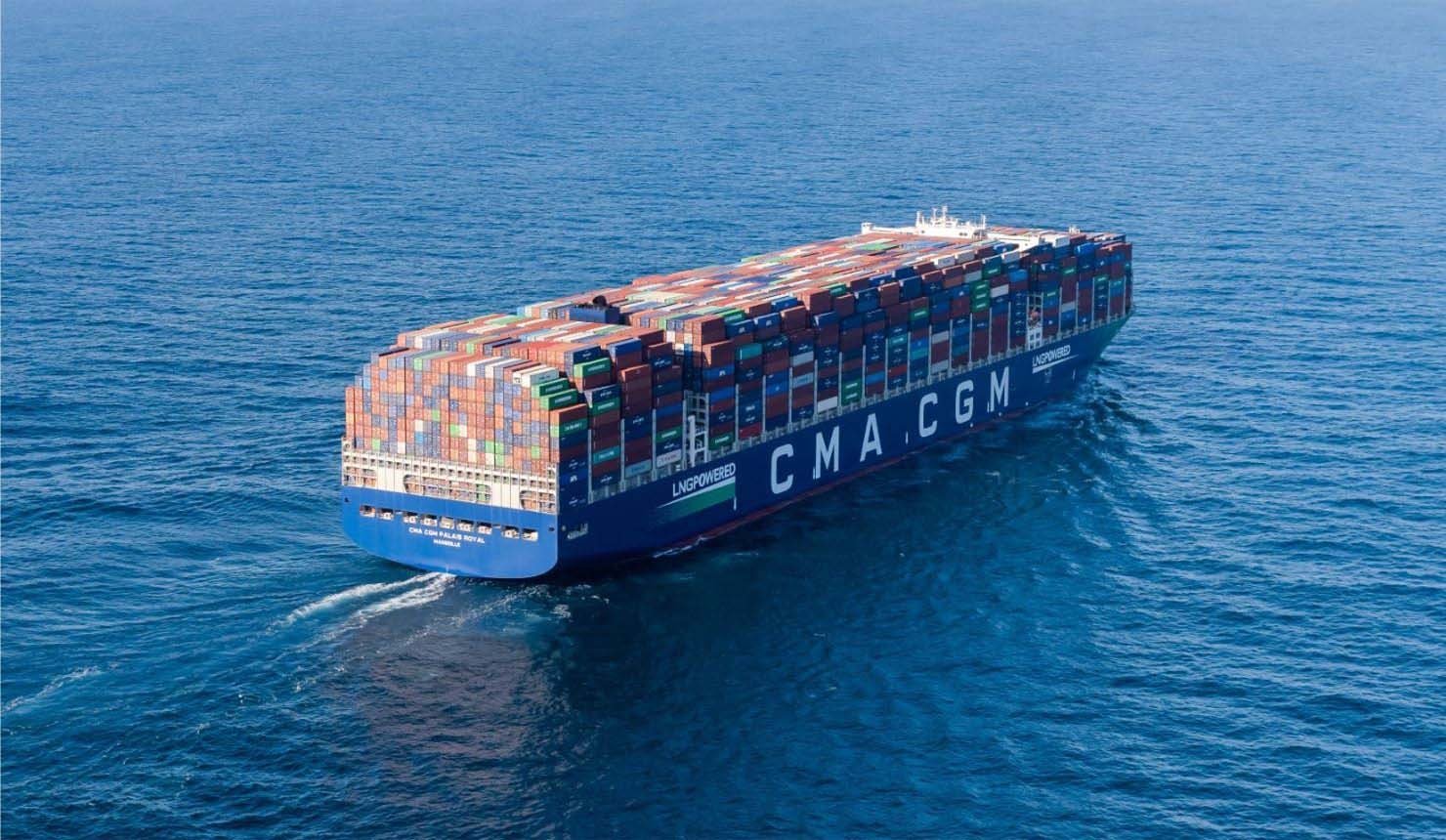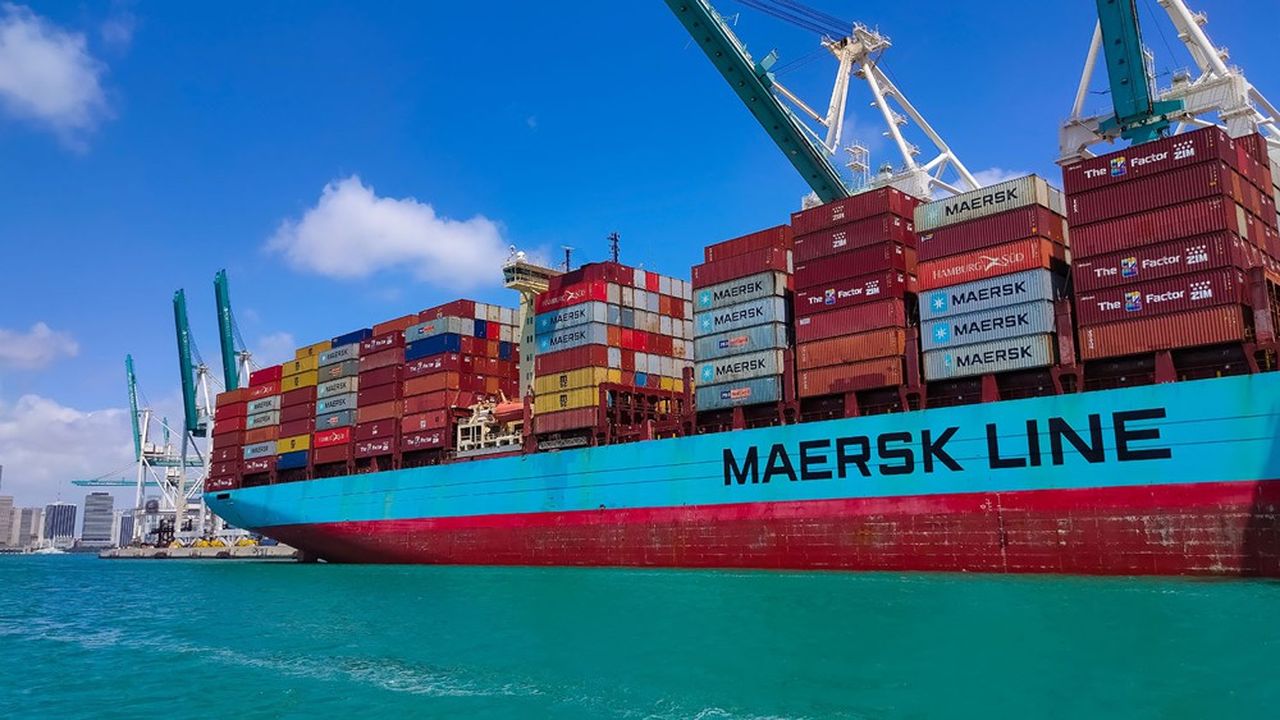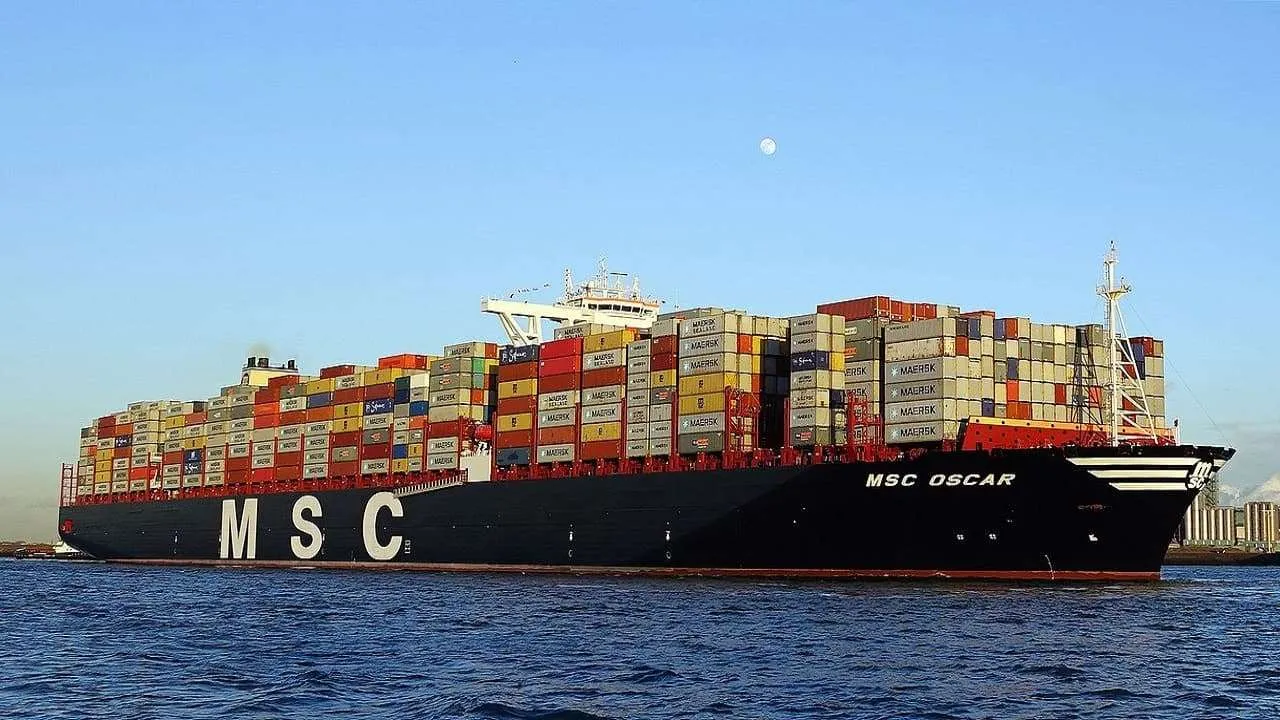Load & Stuffing Calculator
Calculate how many products can fit into a shipping container or truck based on dimensions and weight.

Shipping Logistics Simplified
Optimize Your Container Loading with Our Easy Calculator
Planning to load a 20 ft or 40 ft container for shipment? Our container load calculator takes just a few steps to show how many boxes, sacks, pallets, or other cargo types can fit—without exceeding weight or space limits. Whether you're shipping goods across the country or overseas, this tool helps you quickly determine the most cost-effective way to fill your containers.
Shipping Logistics Simplified
How It Works
Select Your Units (Metric or Imperial): Make sure your inputs match your preferred system.
Enter Product Details: Provide length, width, height, weight, and quantity of each item.
Enter Container Details: Choose the container's internal dimensions and its max weight capacity.
Calculate: Instantly see how many products can fit, plus the "limiting factor" (volume, weight, or your available quantity).

All your favorite carriers
into a single platform
Get access to over 180 databases of carriers without subscribing to a single external plan. Just pay for what you use with Safecube credits.








Free Container Tracking Solution by Carriers :

CMA CGM Container Tracking
Input the CMA CGM container number of your container to get its position. Easily track your container from the CMA CGM company with the port of departure, the position, the port of arrival, and all the relevant information you need to know about your container.

Maersk Container Tracking
Input the Maersk container number of your container to get its position. Easily track your container from the Maersk company with the port of departure, the position, the port of arrival, and all the relevant information you need to know about your container.

MSC Container Tracking
Input the MSC container number of your container to get its position. Easily track your container from the MSC company with the port of departure, the position, the port of arrival, and all the relevant information you need to know about your container.
What is Container Tracking?
Container tracking is the process of monitoring and recording every step of a container’s journey using trackers, which provide real-time updates on the location and condition of the cargo.
What counts as one shipment credit?
For example, tracking 1 container number during 1 month will discount 1 shipment from your plan. If you search for the same container number the following month, another shipment will be charged. Tracking a Bill of Lading using the Bill of Lading number, even if it references several containers, will count as 1 shipment.
What are the benefits of container tracking?
The benefits of container tracking include enhanced security and risk management, cost reduction, time-saving, and maximizing ROI among others.
How does container tracking help reduce costs?
Container tracking helps reduce costs by providing real-time updates on the location of containers, which helps to avoid demurrage, detention, and port storage charges that are applied when a defined time period has been exceeded.
By being notified of any delays or advances during transit, companies can take steps to limit costs.
What are the methods used to trace your shipment?
Tracing of shipments has been made possible by the use of automatic identification systems (AIS), container tracking devices (CTDs), and smart containers. AIS tracking is used for large international container vessels, while CTDs and smart containers offer more detailed information and can be used on any vessel.
How does container tracking improve customer service?
Container tracking improves customer service by enabling companies to communicate information related to the location and status of their shipment to their clients. This helps to enhance customer satisfaction by providing visibility and transparency throughout the supply chain
How does container tracking improve security and risk management?
Container tracking helps to improve security and risk management by enabling companies to receive alerts and take necessary actions to prevent theft or damage to their cargo. The data collected by trackers can also be analyzed to improve the protocols of businesses through the implementation of preventive actions.
How can effective management of container transport challenges be achieved?
Effective management of container transport challenges involves various strategies, including container management, compliance with regulations, sustainability efforts, mitigating port congestion, cargo security measures, quality control, infrastructure improvements, and the use of emerging technologies like AI, IoT, Big Data, and Machine Learning for real-time tracking and data analysis.

.png)


.png)
.png)